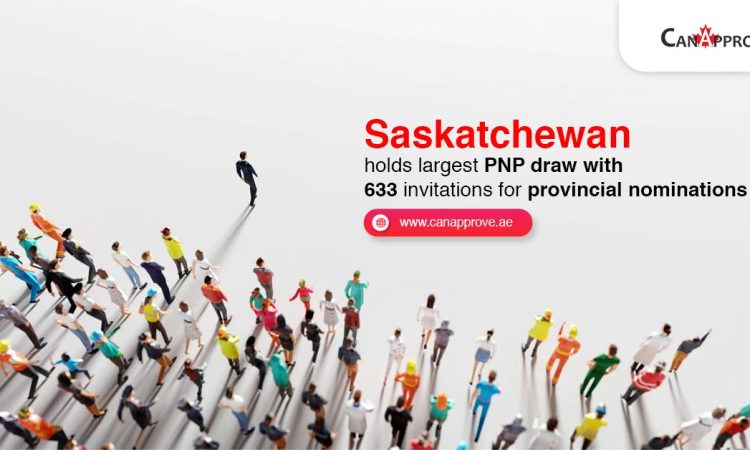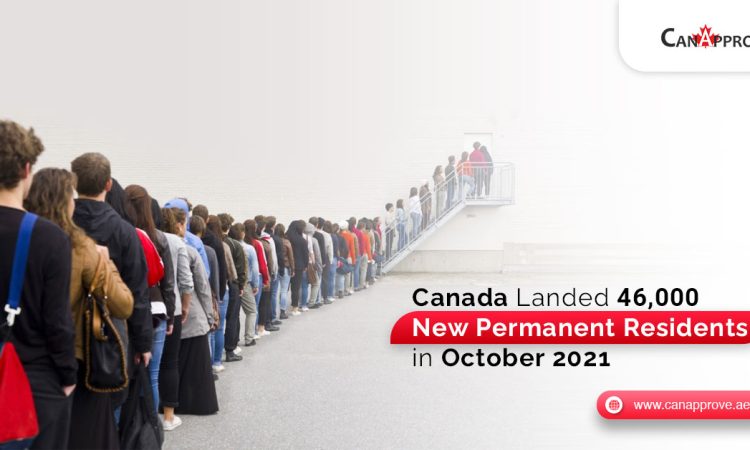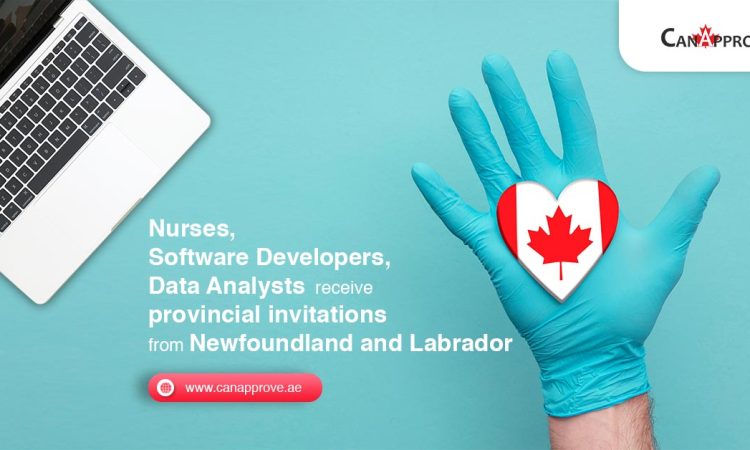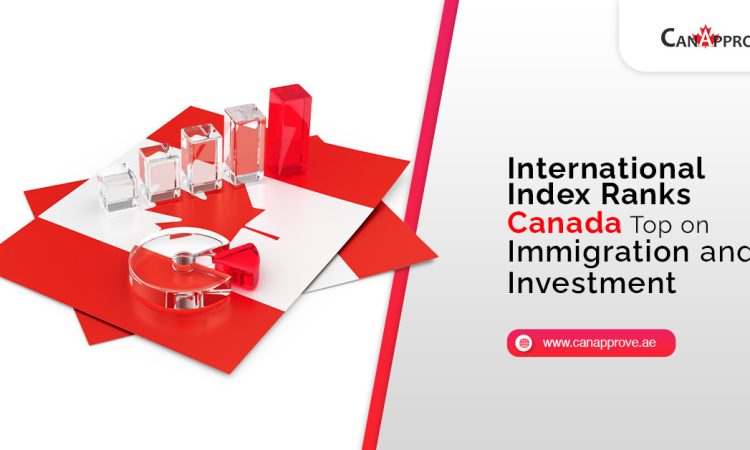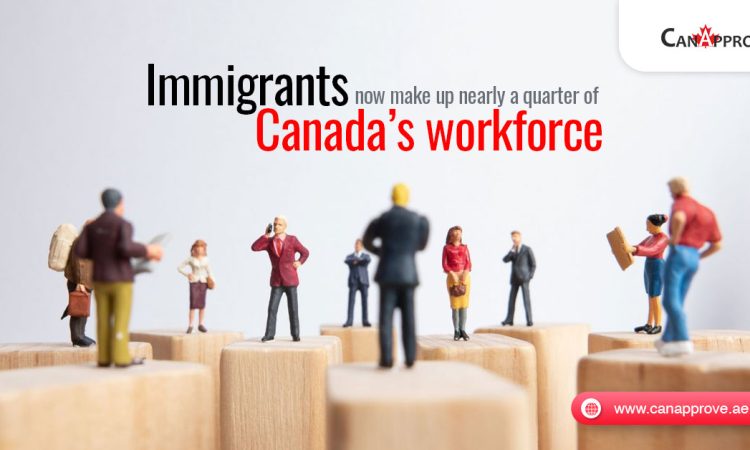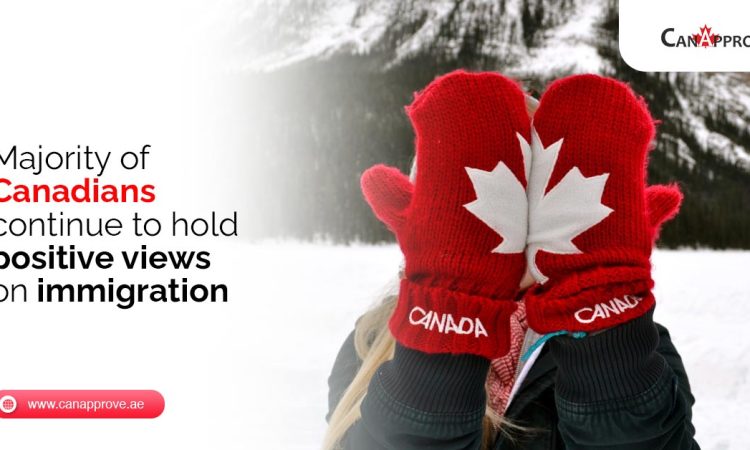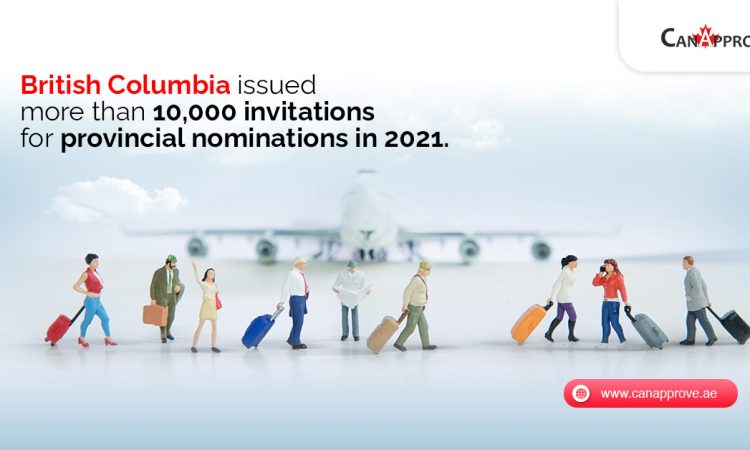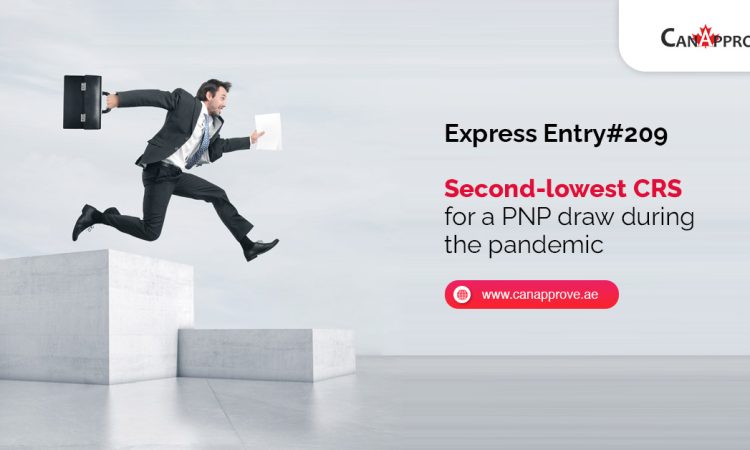Saskatchewan held its largest nomination PNP draw in 2021 on November 18. It resulted in 633 invitations for eligible immigration candidates to apply for a provincial nomination.
All the candidates have been invited under the ‘enhanced’ Express Entry & ‘base’ Occupations In-Demand Saskatchewan PNP streams and may qualify for Canadian permanent residence (PR).
‘Enhanced’ Express Entry Stream: Out of the total 633 invitations, 425 invitations went to candidates who already had their profiles in the federal Express Entry pool.
The federal Express Entry pool is a database of interested applicants willing to obtain permanent residence in Canada. Originally, the federal pool of candidates manages three of Canada’s main economic-class immigration programs: the Federal Skilled Worker Program, the Federal Skilled Trades Program, and the Canadian Experience Class.
However, certain streams under the Provincial Nominee Programs (PNPs) can select candidates from the pool.
‘Base’ Occupations In-Demand Stream: Out of the total 633 invitations, 208 invitations went to candidates who have specific work skills that are in demand in Saskatchewan.
Those candidates who barely qualify to register a federal Express Entry profile may be nominated under the Occupations In-Demand sub-category.
Interesting Read>> How To Qualify For Canada PR Under Canada PNP?
| An Overview of SINP Draws- November 18, 2021 | ||
| Category | Minimum EOI score | Total candidates invited |
| Occupations In-Demand | EOI 65 | 208 |
| Occupations In-Demand candidates invited had Educational Credential Assessments.
Not all occupations were selected. |
||
| Express Entry | EOI 65 | 425 |
| All invited candidates had to take Educational Credential Assessments.
Not all occupations were selected. |
||
Occupations chosen and eligible had the following classification numbers, as per the National Occupational Classification [NOC]:
0711, 0016, 7242, 0712, 7294, 7231, 7281, 7243, 7201, 7371, 7203, 7235, 7283, 7272
These included Managers & Skilled Workers in Construction, Machinists and Tooling Inspector, Power System Engineer.
How To Get Nominated In Future Saskatchewan PNP Draws?
In order to be considered for nominations under the upcoming Saskatchewan Immigration Nominee Program (SINP) draws, candidates must register their Expression of Interest (EOI) profile with the provincial authority.
Candidates need to demonstrate their commitment to meaningfully settle in Saskatchewan by demonstrating their work experience, education, language ability, age, and connections to the province.
Saskatchewan gives candidates a score out of 100 according to the International Skilled Worker Points Assessment Grid. The province favors candidates with bilingual capability in both English and French. The highest-scoring candidates are then issued an invitation to apply for a provincial nomination from Saskatchewan.
Regardless of the provincial category, all invited candidates need an EOI score of at least 80 in order to be invited. However, this draw required an EOI qualifying score of only 65. It is also to be noted that the points requirement is that all the invited candidates must have valid Educational Credential Assessments.
Additionally, candidates already in the federal Express Entry pool need to register another EOI and choose Saskatchewan.
On successfully receiving an invitation to apply (ITA) for a provincial nomination, candidates are awarded an additional 600 points toward their Comprehensive Ranking System (CRS) score. It will effectively guarantee an ITA for Canada PR in the subsequent Express Entry draw conducted by IRCC.
Check your eligibility by filling this free assessment online.
Take the first step towards securing Canada PR by booking a free consultation session with CanApprove.
 WHATSAPP
WHATSAPP